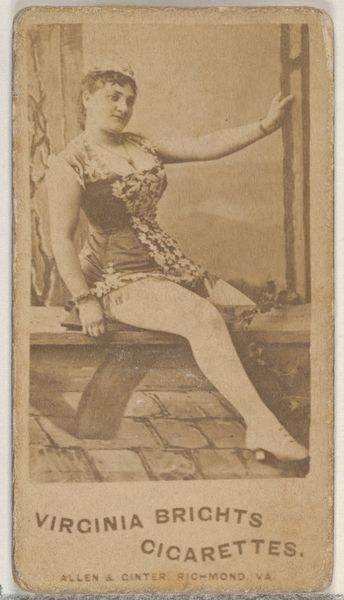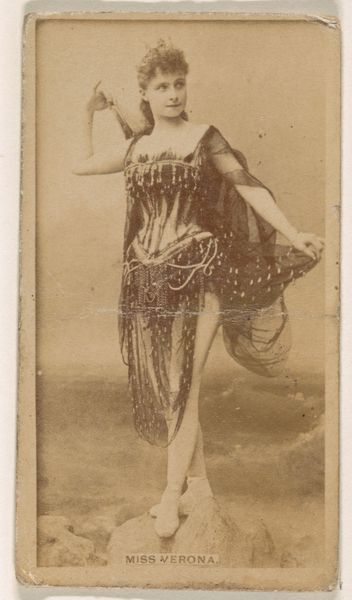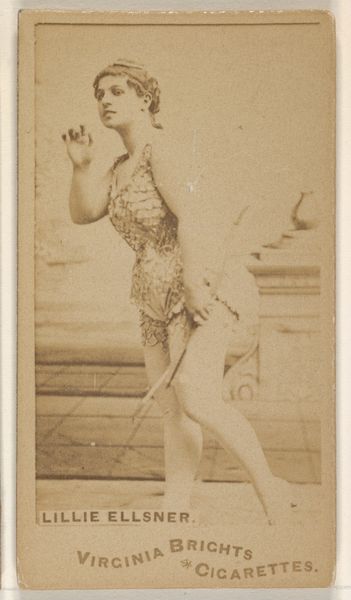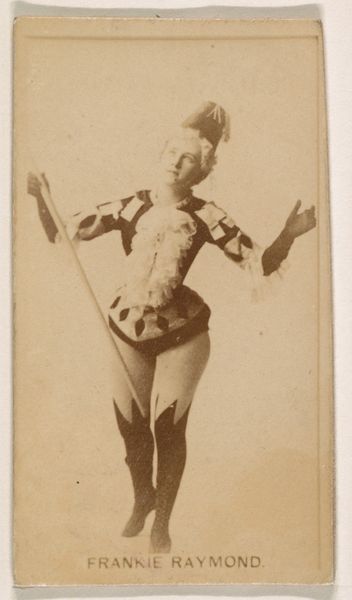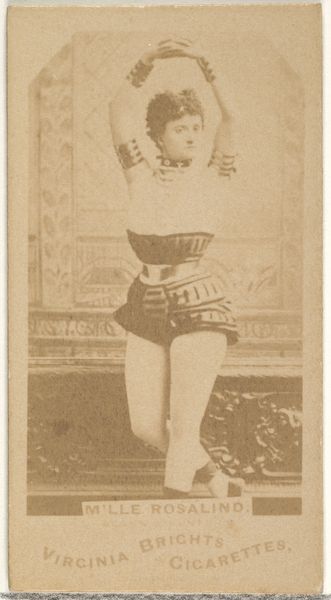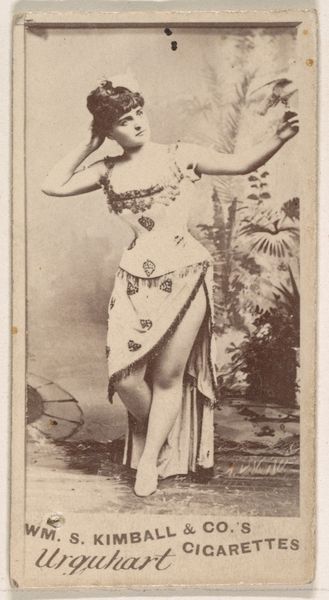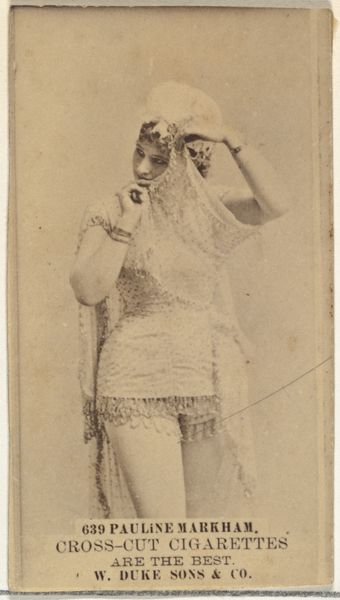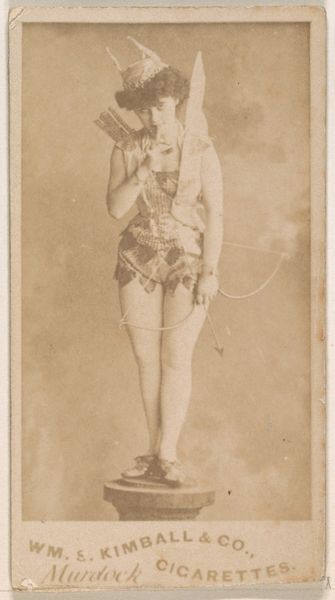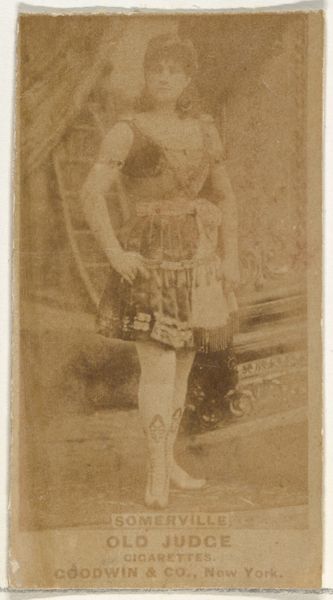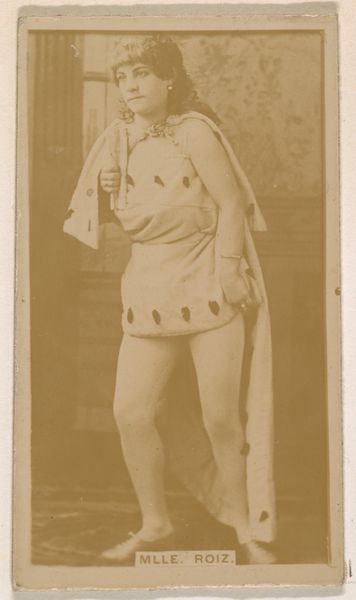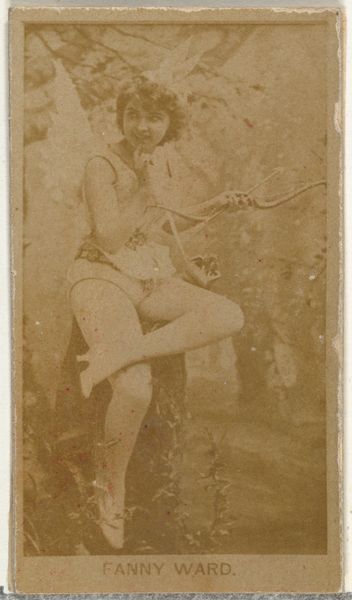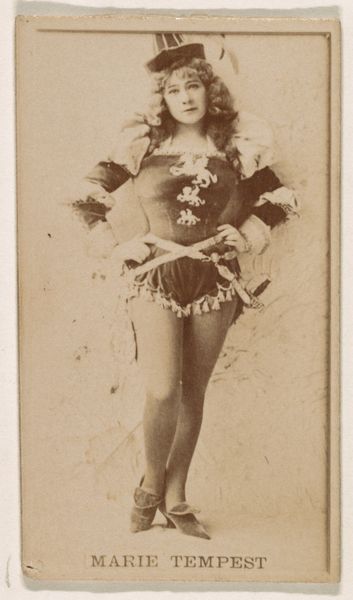
ceramic, porcelain, sculpture
#
sculpture
#
ceramic
#
porcelain
#
figuration
#
sculpture
#
men
#
genre-painting
#
decorative-art
#
rococo
Dimensions: Height: 5 3/4 in. (14.6 cm)
Copyright: Public Domain
Curator: So, here we have a delightful example of Rococo artistry. The Metropolitan Museum houses this porcelain sculpture known as "Hanswurst," created by the Fulda Pottery and Porcelain Manufactory sometime between 1765 and 1775. Editor: My first thought? Playful melancholy. There's a sweetness, but also a deep loneliness in those painted eyes. He’s like a tiny porcelain poet trying to be cheerful despite the existential dread. Curator: It's a fascinating tension, isn't it? The figure represents Hanswurst, a traditional comic character in German-speaking theater. Historically, he was a stock character representing the common man, often a figure of satire. The figure challenges social norms and authority figures, offering a voice for those marginalized. Editor: Exactly! His outfit—the ruffled collar, those heart-shaped designs on his pants. It's like he’s wearing his emotions on his sleeve, or rather, all over his legs! There is vulnerability under the costume. Curator: Indeed. And let's consider the choice of porcelain itself. During the Rococo era, porcelain was a luxurious material, often associated with wealth and status. To use it for a character representing the "everyman" offers a clever commentary on class dynamics. How can we find beauty and art even within working class representations? Editor: I agree, this almost feels like a radical gesture. He’s crafted from the stuff of kings, but he is very clearly a jester. Look at his slightly goofy smile as he lifts that silly hat above his bald head, it's wonderfully human. The artist understood the power of contradiction. He’s mocking himself, maybe even the very act of performance itself. Curator: That irreverence aligns perfectly with the changing intellectual currents of the late 18th century. The Enlightenment was beginning to challenge established hierarchies and advocating for reason and individual liberty. So, here, this ceramic jester really does question our beliefs about art and value itself. Editor: Well, he certainly got me thinking, which is half the battle, isn’t it? It’s amazing that something so small, so…delicate…can carry such a weighty message. It gives porcelain people like me, a new perspective. Curator: A fitting conclusion to this little journey through art history, personal expression, and porcelain clowning!
Comments
No comments
Be the first to comment and join the conversation on the ultimate creative platform.
